Meera Senthilingam
This week, get ready to conduct in a superior manner. Showing us how is Neil Withers…
Neil Withers
The story of yttrium barium copper oxide – YBCO for short – is the story of superconductivity, which goes back over 100 years to 1911.
YBCO is a superconductor at relatively high temperatures. By ‘relatively high’, I mean around 93K, which is still pretty chilly. But most materials that superconduct – that transfer electricity without resistance – can only do so at even lower temperatures.
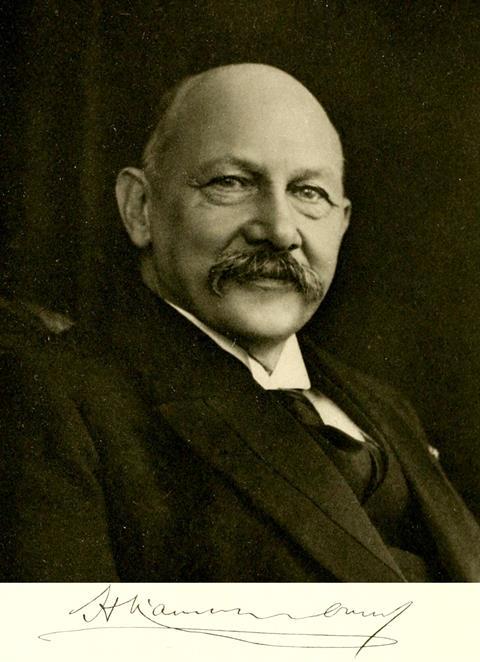
This meant that the phenomenon was only discovered once scientists could access very low temperatures through liquefied gases. In 1908, Dutch physicist Heike Kamerlingh Onnes managed to liquefy helium, the most volatile element of all. This allowed him to cool other things down to just a few Kelvin, around –270°C.
Onnes had the whole field of low-temperature cryogenics open to him. In 1911 he discovered that, at 4.2K, the resistance of mercury dropped to zero. Not just dropped a lot, but to nothing. The significance of this result did not escape Onnes, and its potential applications have been the dreams of physicists and chemists ever since. Efficient power transmission, endless energy storage, extremely powerful magnets and electric motors are just some of the possibilities.
But they remained dreams for a long time. Researchers tested all sorts of metals and alloys, and many of them did superconduct – but only at such low temperatures as to be basically impractical. The highest temperature at which superconductivity had been found – the ‘critical temperature’ at which a material takes on the property – was around 20K.
That was until the mid-1980s, some 70 years after Onnes. Two IBM researchers, Alex Müller and Georg Bednorz, found that a lanthanum copper oxide ceramic, doped with barium, conducted electricity without resistance at a scorching 35K! OK, so still not very useful, but a huge leap over the previous best.
The race was on. Labs across the world started to throw different metals into the mix with the crucial copper oxide, and the critical temperature crept up and up.
Enter YBCO. This mixture of yttrium, barium, copper and oxygen can be teased into forming a compound with a critical temperature of 93K. That’s still pretty cold, but crucially it can be reached using liquid nitrogen rather than liquid helium. And nitrogen is a lot cheaper than helium. Superconductivity was now within reach of the masses.
And YBCO is very straight-forward to make – I even managed to make some that superconducted when I was an undergraduate, back in the last century. All you need to do is grind together yttrium oxide, barium carbonate and copper oxide so that you have a 1 to 2 to 3 ratio of yttrium to barium to copper.
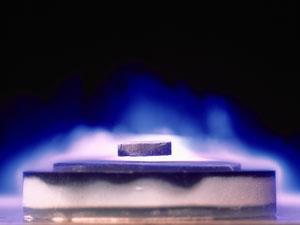
You heat the powder in a furnace at around 900°C for around 12 hours. Because the carbon from the barium carbonate leaves the mixture as carbon dioxide, you lose some oxygen atoms. Letting the sample cool slowly inside the furnace allows extra oxygen from the atmosphere to creep back in.
You’re then left with YBCO, whose empirical formula has one atom of yttrium, two of barium, three of copper and seven of oxygen. Its structure comprises sheets of copper and oxygen atoms, as do all the cuprate superconductors, interleaved with sheets of barium oxide and yttrium atoms. The unit cell actually has space for nine oxygen atoms, but you end up with around seven of them and a few gaps.
Now, it’s the ‘around seven oxygen atoms’ that is crucial to making YBCO a superconductor. Copper can be pretty flexible about its oxidation state, and it’s the copper oxide layers that provide the superconductivity, so getting the right amount of oxygen means you have the right electron configuration in the cuprate layers to give superconductivity.
I must have followed my lab script pretty well for once, because after I’d taken my black powder out of the furnace and pressed it into a pellet, I was able to demonstrate the Meissner effect, a classic side-effect of superconductivity. Because superconductivity is all about electrons pairing up to whizz effortlessly through a material, those electrons are paired so well that the material is perfectly diamagnetic. That means it repels magnetic fields, like all diamagnets, but it’s incredibly powerful.
So that is how, after I had tied my pellet to a bit of thread and dunked it in a polystyrene cup of liquid nitrogen, I could watch it swing towards the gap between the poles of a powerful magnet, only to bounce away before it got there, like it was hitting an invisible barrier. It just refused to go in between the poles, until it had warmed up and became non-superconducting again.
Although other compounds have been made with higher critical temperatures, unfortunately the highest is still 133K, around -140°C. So superconductors, with their amazing promise, are still trapped in a world cooled by liquid nitrogen.
Meera Senthilingam
Chemistry World’s Neil Withers there, with the cool, calm and conducting chemistry of YBCO. Next week, things get a little toxic.
Emma Stoye
In rainy Britain, garden flowers are often a much better indicator of the time of year than the weather. Snowdrops are a welcome sign that winter is coming to an end, daffodils and bluebells signal the start of spring, and if there’s one plant that shouts ‘summer is here!’ it’s the foxglove.
Its delicate pink flowers look innocent enough, but some of the plant’s older names – ‘witches’ gloves’, or ‘dead man’s bells’ – betray its darker side.
The flowers, leaves, roots and seeds of the foxglove are all highly poisonous. They are full of compounds called glycosides – which contain a steroid bonded to a sugar – including the deadly cardiac glycoside digoxin, which wreaks havoc on the heart.
Meera Senthilingam
And discover how such havoc is wreaked by joining Emma Stoye in next week’s Chemistry in its Element.
In the meantime, we’ve moved the podcast to our new website, so if you’ve recently encountered problems getting the podcast through your RSS reader, please try unsubscribing and then resubscribing to the feed. Until then, thank you for listening, I’m Meera Senthilingam.
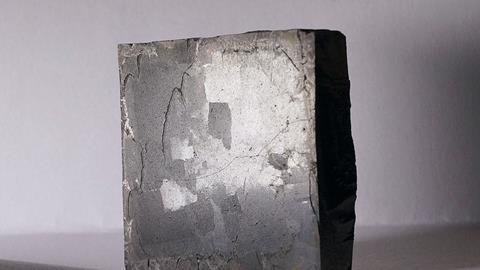
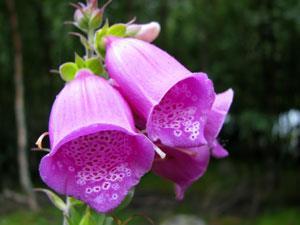
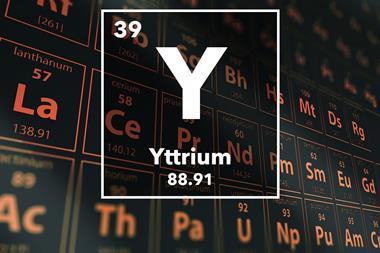



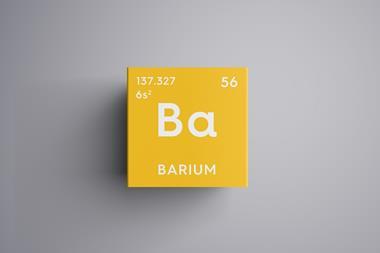
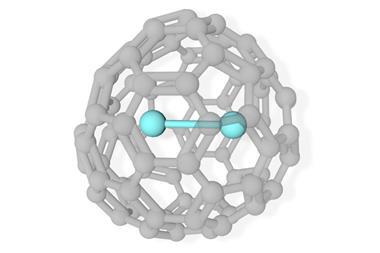
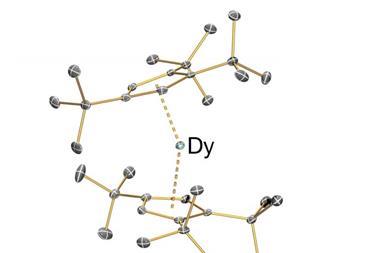




No comments yet